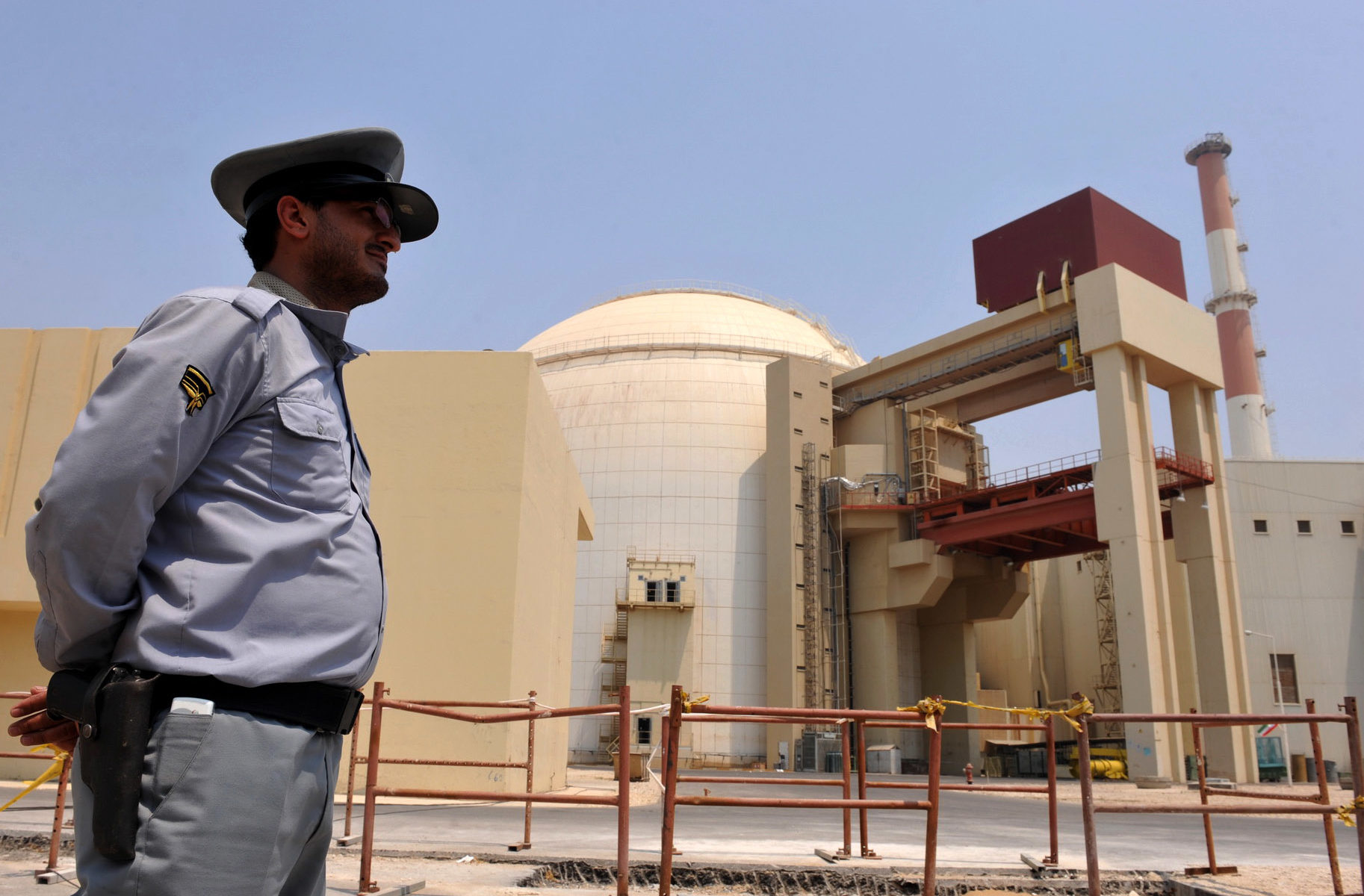There’s a change in how James Clapper, the U.S. director of national intelligence, assesses terrorist threats, and it has sowed some confusion.
The Times of Israel this week reported that the DNI’s annual threat assessment “removed Iran and Hezbollah from its list of terrorism threats.” Newsweek picked up the story, and the American Jewish Committee tweeted its reaction, which it said was “beyond shocking.”
Both publications quote experts suggesting there is a quid quo pro with Iran as nuclear talks appear to be progressing and as it shares an enemy with the United States in ISIS, the Islamic State in Iraq and Syria.
Except calling what Clapper has done a “removal” of Iran and Hezbollah isn’t quite accurate. Compare this year’s threat assessment to last year‘s and you’ll see that all threats have been “removed”; the terrorism section in the assessment no longer appears as a list. So not only have Iran and Hezbollah disappeared, so have Al Qaeda and homegrown threats.
Instead, Clapper focuses exclusively in the section on terrorism on the threat posed by the ISIS.
This is not insignificant: The exclusive focus on a single threat has policy implications for how the United States confronts terror threats in other arenas. Israelis watching Hezbollah’s massive arms buildup have reason to be concerned that the following warning, in the 2014 report, does not appear this year: “Hizbollah has increased its global terrorist activity in recent years to a level that we have not seen since the 1990s.” The group’s eight mentions in 2014 are reduced to one this year.
But the terrorism section’s exclusive focus on ISIS does not add up to a “quid pro quo” for Iran; Iran, for one thing, gains nothing from the “removal” of another of its natural enemies, Al Qaeda, from the list.
Indeed, Iran in 2015 still merits its own listings, as it did last year, under separate sections, including “cyber,” “weapons of mass destruction” and “regional threats.”
Here’s how the Iran entry in the “regional threats” begins: “The Islamic Republic of Iran is an ongoing threat to U.S. national interests because of its support to the Assad regime in Syria, promulgation of anti-Israeli policies, development of advanced military capabilities, and pursuit of its nuclear program.”
In other words, Iran still remains very much a threat, according to the U.S. government.
JTA has documented Jewish history in real-time for over a century. Keep our journalism strong by joining us in supporting independent, award-winning reporting.






